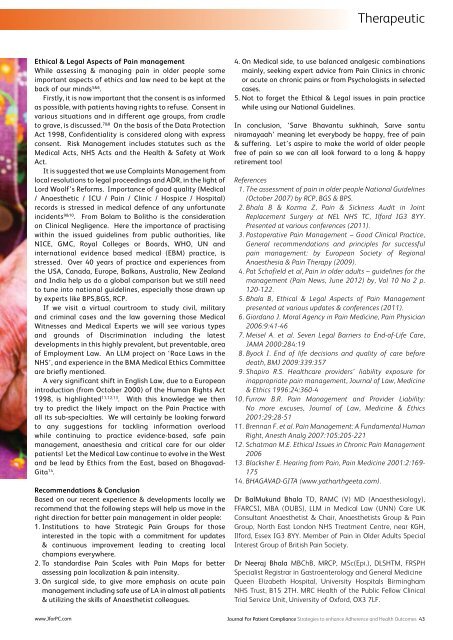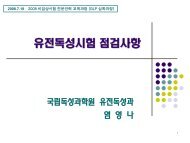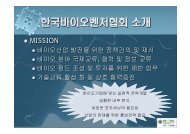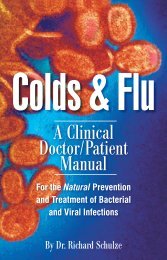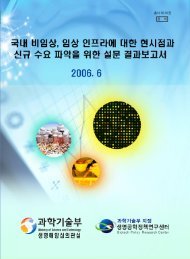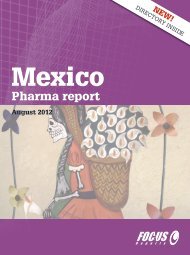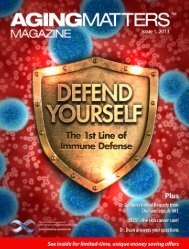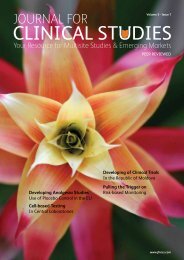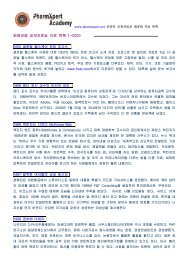PATIENT COMPLIANCE - PharmXpert Academy
PATIENT COMPLIANCE - PharmXpert Academy
PATIENT COMPLIANCE - PharmXpert Academy
You also want an ePaper? Increase the reach of your titles
YUMPU automatically turns print PDFs into web optimized ePapers that Google loves.
TherapeuticEthical & Legal Aspects of Pain managementWhile assessing & managing pain in older people someimportant aspects of ethics and law need to be kept at theback of our minds 5&6 .Firstly, it is now important that the consent is as informedas possible, with patients having rights to refuse. Consent invarious situations and in different age groups, from cradleto grave, is discussed. 7&8 On the basis of the Data ProtectionAct 1998, Confidentiality is considered along with expressconsent. Risk Management includes statutes such as theMedical Acts, NHS Acts and the Health & Safety at WorkAct.It is suggested that we use Complaints Management fromlocal resolutions to legal proceedings and ADR, in the light ofLord Woolf’s Reforms. Importance of good quality (Medical/ Anaesthetic / ICU / Pain / Clinic / Hospice / Hospital)records is stressed in medical defence of any unfortunateincidents 9&10 . From Bolam to Bolitho is the considerationon Clinical Negligence. Here the importance of practisingwithin the issued guidelines from public authorities, likeNICE, GMC, Royal Colleges or Boards, WHO, UN andinternational evidence based medical (EBM) practice, isstressed. Over 40 years of practice and experiences fromthe USA, Canada, Europe, Balkans, Australia, New Zealandand India help us do a global comparison but we still needto tune into national guidelines, especially those drawn upby experts like BPS,BGS, RCP.If we visit a virtual courtroom to study civil, militaryand criminal cases and the law governing those MedicalWitnesses and Medical Experts we will see various typesand grounds of Discrimination including the latestdevelopments in this highly prevalent, but preventable, areaof Employment Law. An LLM project on ‘Race Laws in theNHS’, and experience in the BMA Medical Ethics Committeeare briefly mentioned.A very significant shift in English Law, due to a Europeanintroduction (from October 2000) of the Human Rights Act1998, is highlighted 11,12,13 . With this knowledge we thentry to predict the likely impact on the Pain Practice withall its sub-specialties. We will certainly be looking forwardto any suggestions for tackling information overloadwhile continuing to practice evidence-based, safe painmanagement, anaesthesia and critical care for our olderpatients! Let the Medical Law continue to evolve in the Westand be lead by Ethics from the East, based on Bhagavad-Gita 14 .Recommendations & ConclusionBased on our recent experience & developments locally werecommend that the following steps will help us move in theright direction for better pain management in older people:1. Institutions to have Strategic Pain Groups for thoseinterested in the topic with a commitment for updates& continuous improvement leading to creating localchampions everywhere.2. To standardise Pain Scales with Pain Maps for betterassessing pain localization & pain intensity.3. On surgical side, to give more emphasis on acute painmanagement including safe use of LA in almost all patients& utilizing the skills of Anaesthetist colleagues.4. On Medical side, to use balanced analgesic combinationsmainly, seeking expert advice from Pain Clinics in chronicor acute on chronic pains or from Psychologists in selectedcases.5. Not to forget the Ethical & Legal issues in pain practicewhile using our National Guidelines.In conclusion, ‘Sarve Bhavantu sukhinah, Sarve santuniramayaah’ meaning let everybody be happy, free of pain& suffering. Let’s aspire to make the world of older peoplefree of pain so we can all look forward to a long & happyretirement too!References1. The assessment of pain in older people National Guidelines(October 2007) by RCP, BGS & BPS.2. Bhala B & Kozma Z, Pain & Sickness Audit in JointReplacement Surgery at NEL NHS TC, Ilford IG3 8YY.Presented at various conferences (2011).3. Postoperative Pain Management – Good Clinical Practice,General recommendations and principles for successfulpain management: by European Society of RegionalAnaesthesia & Pain Therapy (2009).4. Pat Schofield et al, Pain in older adults – guidelines for themanagement (Pain News, June 2012) by, Vol 10 No 2 p.120-122.5. Bhala B, Ethical & Legal Aspects of Pain Managementpresented at various updates & conferences (2011).6. Giordano J. Moral Agency in Pain Medicine, Pain Physician2006:9:41-467. Meisel A. et al. Seven Legal Barriers to End-of-Life Care,JAMA 2000:284:198. Byock I. End of life decisions and quality of care beforedeath, BMJ 2009:339:3579. Shapiro R.S. Healthcare providers’ liability exposure forinappropriate pain management, Journal of Law, Medicine& Ethics 1996:24:360-410. Furrow B.R. Pain Management and Provider Liability:No more excuses, Journal of Law, Medicine & Ethics2001:29:28-5111. Brennan F. et al. Pain Management: A Fundamental HumanRight, Anesth Analg 2007:105:205-22112. Schatman M.E. Ethical Issues in Chronic Pain Management200613. Blacksher E. Hearing from Pain, Pain Medicine 2001:2:169-17514. BHAGAVAD-GITA (www.yatharthgeeta.com).Dr BalMukund Bhala TD, RAMC (V) MD (Anaesthesiology),FFARCSI, MBA (OUBS), LLM in Medical Law (UNN) Care UKConsultant Anaesthetist & Chair, Anaesthetists Group & PainGroup, North East London NHS Treatment Centre, near KGH,Ilford, Essex IG3 8YY. Member of Pain in Older Adults SpecialInterest Group of British Pain Society.Dr Neeraj Bhala MBChB, MRCP, MSc(Epi.), DLSHTM, FRSPHSpecialist Registrar in Gastroenterology and General MedicineQueen Elizabeth Hospital, University Hospitals BirminghamNHS Trust, B15 2TH. MRC Health of the Public Fellow ClinicalTrial Service Unit, University of Oxford, OX3 7LF.www.JforPC.comJournal For Patient Compliance Strategies to enhance Adherence and Health Outcomes 43


